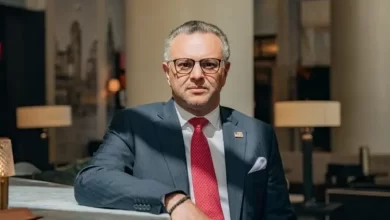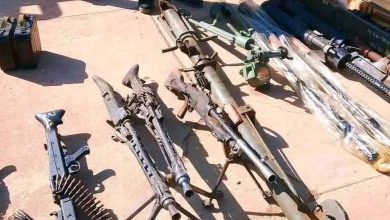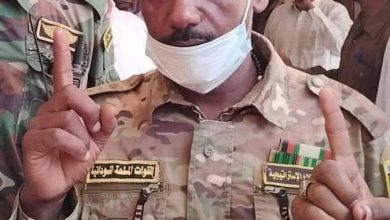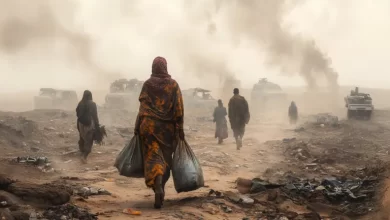Reports
The Crimes of the RSF: Insights from The New York Times and AlJazeeranet Reports
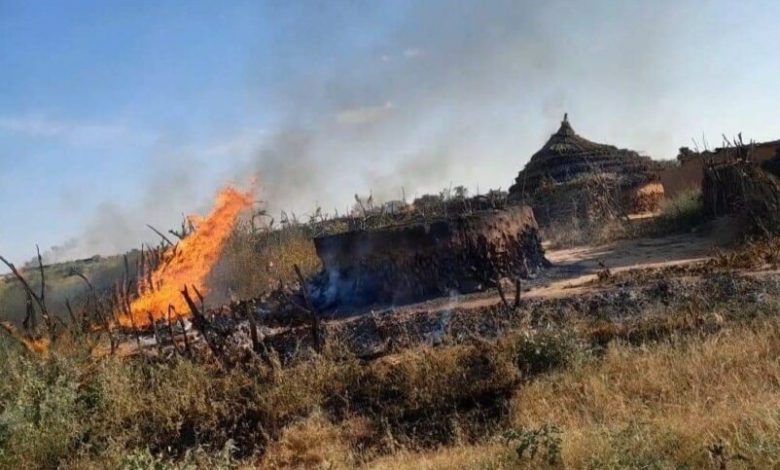
Sudan Events – Agencies
A six-month investigative report by The New York Times has concluded that the atrocities committed against unarmed civilians across Sudan—in states like Al-Gezira, Darfur, and Kordofan—were not isolated acts by rogue individuals. Instead, these crimes occurred with the knowledge and involvement of mid-level commanders within the Rapid Support Forces (RSF).
The investigation implicates the RSF’s chain of command, ultimately placing responsibility on its leader, Mohamed Hamdan Dagalo (Hemedti). According to the report, the coordination between field commanders and combatants enabled systematic violence, with commanders publicly denying the atrocities while privately directing or condoning them.
Focus of the Investigative Report
The New York Times stated that its investigation relied on visual evidence, adopting a “seeing is believing” approach. The investigation was prompted by accusations from the United States and the United Nations against both the Sudanese Armed Forces (SAF) and the RSF for war crimes, including attacks on civilians, destruction of infrastructure, starvation, and sexual violence.
The central questions guiding the investigation were:
Who are the individuals behind these massacres?
What do we know about their violations?
Given that the RSF is not a formal military institution and does not publish its leadership structure, the investigation used videos and other sources to identify and geolocate key figures involved in the atrocities.
Key Findings
Visual Evidence
The investigators analyzed hundreds of videos, identifying at least 20 RSF commanders and their involvement in atrocities. The visual evidence was categorized into two types:
Propaganda videos portraying RSF officers as defenders of democracy.
Videos shared by ordinary RSF soldiers on private channels openly boasting about abusing civilians.
Geolocating Commanders
Investigators used satellite imagery to confirm the locations of RSF commanders during specific attacks. For instance, they verified the presence of a commander in Al-Jazeera during an October 2024 massacre that killed 100 civilians by comparing environmental markers like trees and power lines with archival satellite images.
Eyewitness Testimonies
Survivors and witnesses, including those who fled to refugee camps in Chad, provided corroborative accounts of RSF atrocities. Some victims detailed the systematic violence, while a mid-level RSF commander admitted that orders came from senior leaders.
The Role of Foreign Actors
The report criticized the role of external powers, particularly the UAE, in fueling the conflict by supplying weapons to the RSF. This aligns with statements made by Sudan’s UN Ambassador Harith Idris, who called for international action to cut off arms supplies to the RSF.
Al Jazeera Net’s Coverage
On January 1, 2025, AlJazeera Net reviewed The New York Times report, highlighting the documented atrocities of the RSF since the outbreak of war on April 15, 2023. It reiterated the findings of the investigative team, which identified RSF commanders overseeing war crimes across Sudan and compiled visual evidence over six months.
Implications for Justice
The visual evidence collected could serve as proof of international law violations. Beth Van Schaack, a senior U.S. State Department official focusing on global criminal justice, emphasized the International Criminal Court (ICC) as the primary avenue for pursuing individual accountability. However, the ICC’s jurisdiction currently covers only Darfur, and expanding it to the entire country would require significant international cooperation.
The report notes the slow pace of international justice, citing historical reluctance, such as former U.S. President Donald Trump’s sanctions on ICC officials, as a barrier to progress.
Key Findings from The New York Times
The investigation, spanning six months and heavily reliant on visual evidence, identifies numerous RSF leaders and their involvement in coordinated atrocities across Sudan. The key findings include:
Identification of Leaders
At least 10 RSF commanders were documented directly supervising war crimes, with video evidence placing them at or near the scenes of atrocities.
The investigation underscores the responsibility of RSF commander Mohamed Hamdan Dagalo (Hemedti), who may bear ultimate accountability for these crimes under international law.
Systematic Atrocities
The New York Times categorized RSF violations into three primary types:
Execution of unarmed prisoners.
Deliberate destruction of entire communities through arson.
Direct attacks on civilians, including sexual violence.
Use of Visual Evidence
RSF soldiers and leaders often recorded their acts, ranging from propaganda videos portraying themselves as defenders of democracy to footage showing abuse of civilians.
Investigators geolocated and analyzed videos, corroborating them with satellite imagery, local environmental features, and witness accounts to confirm the locations and perpetrators.
Notable Incidents
Massacres in West Kordofan
RSF leader Hussein Barshim was filmed near the execution of 14 unarmed prisoners during the seizure of an oil field and airport in October 2024.
Satellite imagery confirmed Barshim’s presence at the massacre site, holding him liable for the actions of his troops.
Targeted Destruction in Darfur
High-ranking RSF commanders, including Saleh Al-Fouti and Taj Al-Tijani, led campaigns of systematic destruction in North and West Darfur.
The infamous burning of villages in the Zaghawa tribal region and the execution of West Darfur Governor Khamis Abakar in June 2023 were attributed to RSF commanders, further emphasizing the use of “scorched-earth” tactics.
Sexual Violence
Evidence points to widespread sexual violence, particularly in Al-Jazeera State. Survivors’ testimonies highlight RSF’s targeting of women as part of their campaign of terror.
Organizations like Human Rights Watch and the United Nations have documented cases in at least five states, signaling the extent of these violations.
Investigative Techniques
Collaboration with Experts
The New York Times partnered with Sudan Witness Project and information resilience organizations to verify and analyze visual evidence, such as:
Gunfire sounds and patterns.
Distinctive RSF uniforms (notably, the “Kadmul” headwraps).
Locations corroborated through satellite imagery.
Interviews with Witnesses
Survivors, including refugees in Chad and displaced persons across Sudan, provided critical testimonies corroborating the visual evidence.
International Implications
Accountability
The visual and testimonial evidence collected could form the basis for prosecuting RSF leaders under international law.
The ICC has already used similar documentation in past cases, such as against Ali Kushayb, who currently faces charges for war crimes in Darfur.
Role of Foreign Powers
The report criticizes external actors like the UAE for supplying arms to the RSF, fueling the ongoing conflict.
Challenges to Justice
While international mechanisms like the ICC are active, the slow pace of global justice and geopolitical resistance hinder swift accountability, particularly from nations like the U.S. under certain administrations.
Al Jazeera Net Summary
Al Jazeera Net corroborated these findings, highlighting:
Operational Strategies: RSF’s use of intimidation, targeted assassinations, and scorched-earth policies.
Documented Atrocities: Specific attacks in Al-Jazeera, Darfur, and Kordofan, with detailed accounts of village burnings, executions, and systematic violence.
International Evidence: The report emphasized the importance of video evidence as potential proof for future war crime prosecutions.
Conclusion
The investigative reports by The New York Times and Al Jazeera Net paint a grim picture of the RSF’s systematic war crimes, with strong evidence linking its leadership to atrocities across Sudan. These findings call for urgent international intervention to halt further violations, hold perpetrators accountable, and ensure justice for victims of the ongoing conflict.
